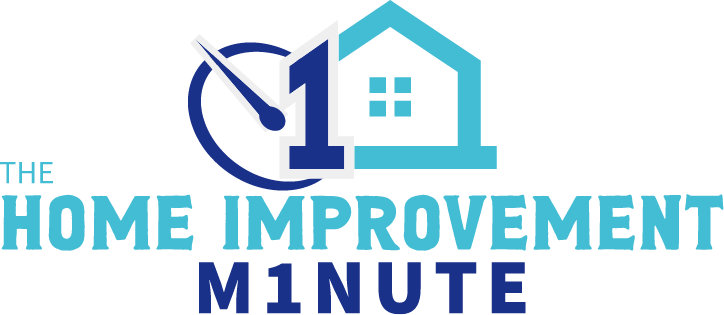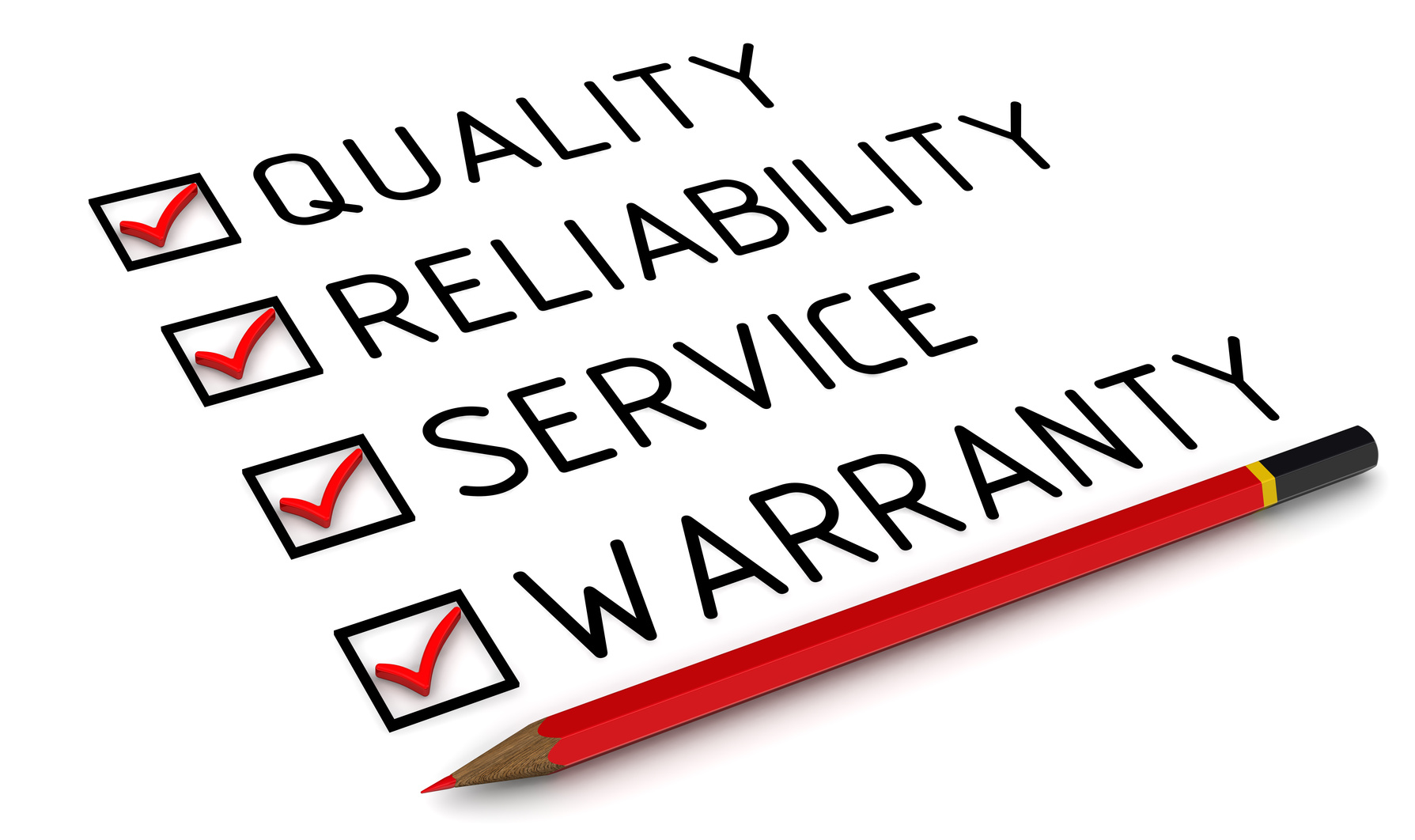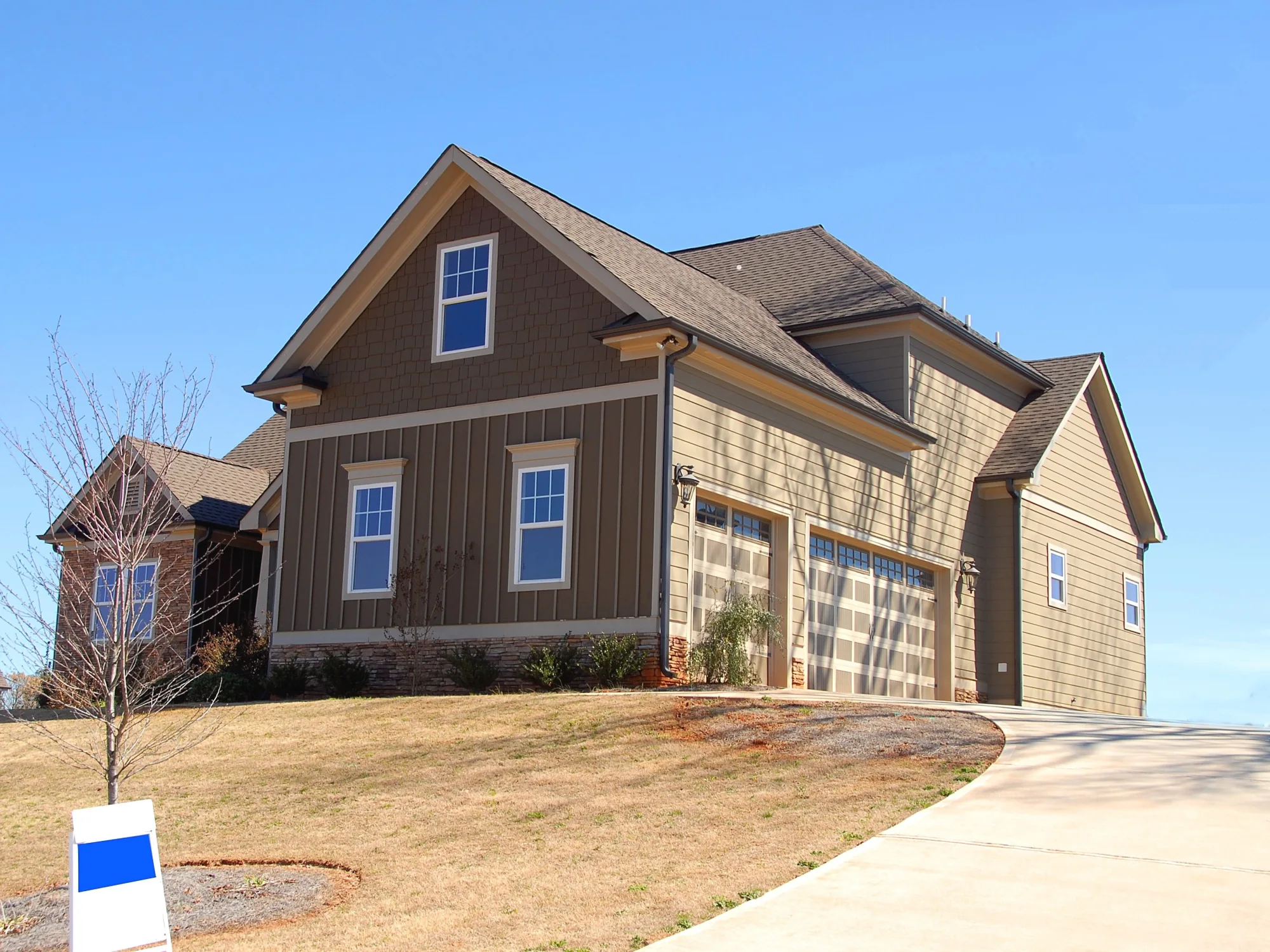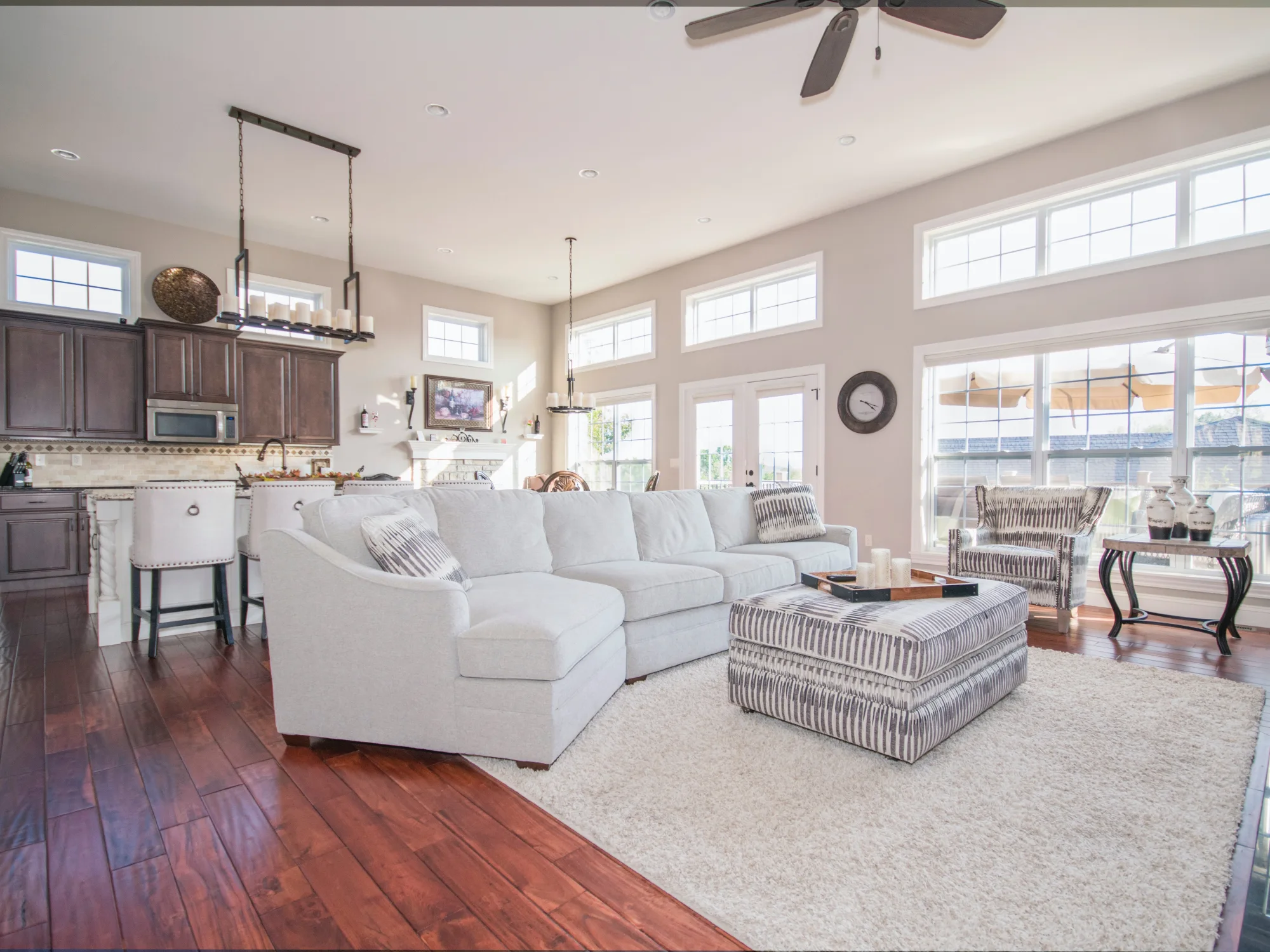Originally Posted on January 27th, 2016
Have you ever looked at a house, or maybe even your home, and noticed large ice cycles hanging from the front edge of the gutter? Maybe the gutter has even begun to pull loose from the fascia board or you notice the fastening devices have begun to give way. Have you wondered what that was and what may be causing this to occur? This, my friends, is what is known as an ice dam. This is an occurrence that takes place during extremely cold weather conditions and can cause interior and exterior damage to a home. Let’s take a closer look and dive into the madness that allows this to occur.
Ice dams begin to form when the attic temperature of a home is above 30 degrees Fahrenheit, the outdoor temperature is below 22 degrees Fahrenheit and the attic space is insufficiently insulated. As the attic space above the living area beings to warm due to rising heat, snow on the roof begins to melt and work its way down to the eaves of the home. Because the eave is unheated, the water then freezes in this area, which, in-turn, creates an ice dam. As the melted water begins to collect and gather it can work its way underneath the homes shingles and damage the sheathing, insulation, and even possibly the drywall inside a home.
To help prevent situations like this from occurring, the U.S. Department of Energy has created seven energy zones, as a guideline to follow, to make sure that your home meets the recommended requirements for the area of the country that you live in. Per say, in Ohio, we fall in Zone Five, which recommends a minimum depth of 15 ¼” of blown fiberglass insulation to meet the R-38 requirement and a maximum depth of 23” for an R-60 rating. Now if you live in the south, you will not experience these extreme winter conditions too often and the requirements are set to help regulate your homes energy costs during the summer months.
This is why it is always important to make sure your home is properly insulated, as well as properly ventilated. These two components can lower energy cost, while also protecting your home from any unforeseen events that may occur. This is why we recommend taking preventative measures, such as having your home inspected during the spring or fall, to make sure that your home is complaint and that you are protected. Until next time my friends…. Keep improving!








